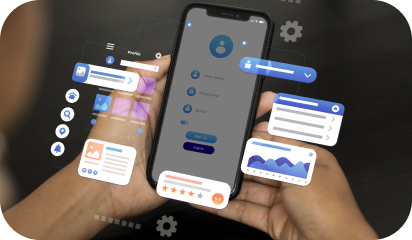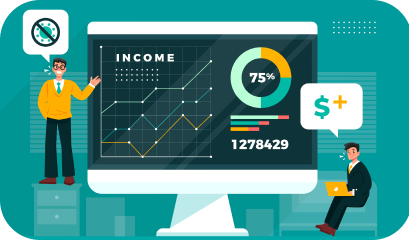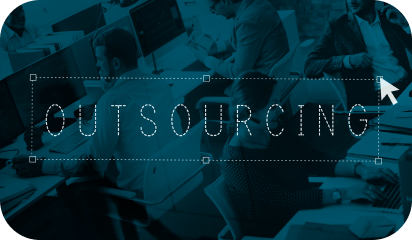Turning your great mobile app idea into reality requires a significant amount of time, effort, and money. One of the most crucial questions towards this is “What is the cost of developing a custom mobile app”? Determining the cost is one of the most difficult tasks and requires a significant understanding of the overall development process. Even survey reports of the experts have a wide range of estimates –
- Clutch surveyed some of the world’s leading mobile app development companies to determine the average cost of mobile app development. And it yields startling results: “The average cost of app development ranges between $25,275 and $171,450.”
- According to a VDC survey of enterprise app developers, mobile apps cost an average of $140,000 per app.
- According to a Kinvey survey of CIOs, the average cost of app development is $270,000 per app.
- According to an EMM survey, more than 75% of enterprises budgeted more than $250,000 for mobility solutions.
With such varied cost estimates for the development of a mobile app, we have listed a few important considerations that will help you identify the right cost estimate based on your requirements and will also help you in the selection of the right mobile app development company.
1. Identify what type of app you are building
The type of app that your business needs will determine the overall design, functionalities, and cost. The more complex the app is, the more expensive it is to build one. Apps that cater to gaming, social networking, shopping, marketplaces, etc involve several features and functionalities that add to the pricing. These features include payment processing, in-app messaging, data security, geolocations, single sign-on, third-party integrations, etc.
In addition to this, you have to identify the type of app that best suits your business objectives. Your costing is influenced by whether your app is hybrid or native. Developers create native apps for a specific operating system (mainly Android or iOS). Hybrid apps allow launching on multiple platforms simultaneously; thus reducing the development time for cross-platform builds. Native apps are typically expensive as they are built for specific platforms and provide a better user experience.
2. Understanding the app development process
Costs to develop a mobile app can be more accurately estimated by understanding the overall app development process. There are five key stages in the development process – Discovery, Design, Development, Testing/Deployment, and Marketing. The first two stages (Discovery and Design) help understand the requirements better and define the total costing. These stages are often given less importance which results in changes at later stages and project overruns.
The Discovery stage ensures the real need for the app where the focus is given on the target market, users, and competition. Typically, the average cost of the Discovery stage varies between $5,000 and $10,000 and spans between two weeks and a month. A good mobile app development company focuses on the outcomes of this stage to move forward.
In the Design stage, the app development company understands the key functionalities/features that the app needs to have. Based on these, they design the look of the app through wireframes, visual design, and user experience (UX) design. The cost of the Design stage varies considerably based on the number of screens in the app, typically ranging between $10,000 and $20,000 and could take up to a month.
Both the Discovery and Design stages focus on the end-user to provide maximum customer satisfaction during their interaction with the company’s app. Additionally, they help better estimate the hours and costs required for Development and Testing/Deployment. Together these four stages cover the majority of the mobile app development costs.
3. Pricing
Once you have narrowed down the complexity as well as time efforts needed to build several features/functionalities, the next crucial step is selecting the right mobile app development vendor based on their approach as well as their hourly rates to arrive at their final pricing. One important point to remember is that the cheapest quote is not always the best option.
The vendor’s approach to arrive at the final pricing is an important factor to distinguish between several vendors. The best way is to review a few proposals and compare the project plans and time estimates for each phase. Understand the # of hours, resources each vendor is proposing, and then compare their total costs.
Also, never pick a vendor purely based on their hourly rates. These rates depend on the region of the development company. The typical hourly rates for development activities based on regions are –
- Asia/Eastern Europe: $15-$30 / hour
- South America: $30-$45 / hour
- North America: $80+ / hour
Lastly, most vendors provide support/maintenance services, and their pricing can vary. Look at the monthly support hours each vendor is proposing and at what cost.
Given the importance of the Design stage in the overall app development process, it is crucial to hire a company that specializes in product design along with significant development experience. Galaxy’s UX Studio has been a unique differentiating factor from many of our competitors. If you’ve any doubts related to mobile app development and if you need assistance developing one, then feel free to talk to us here.









